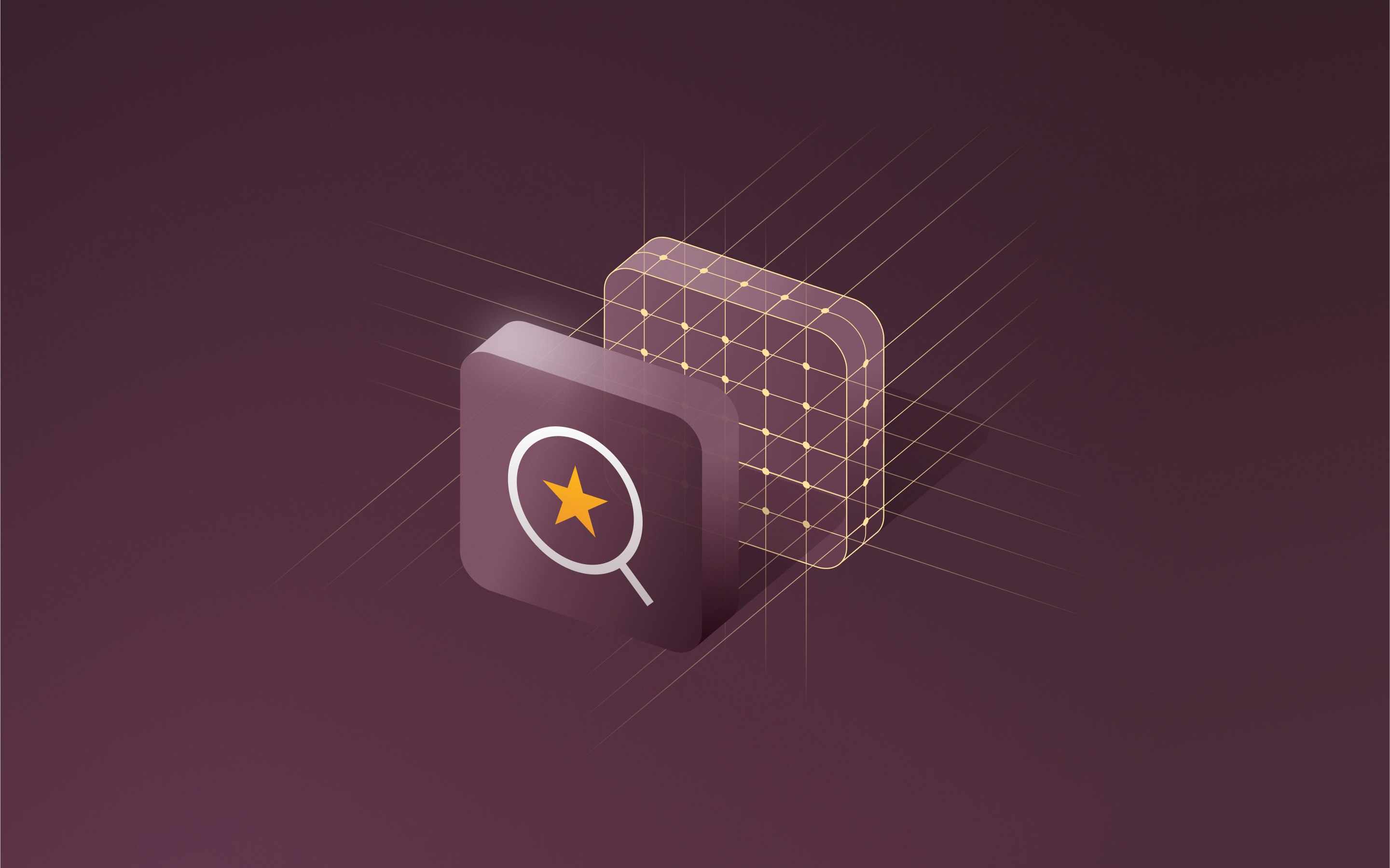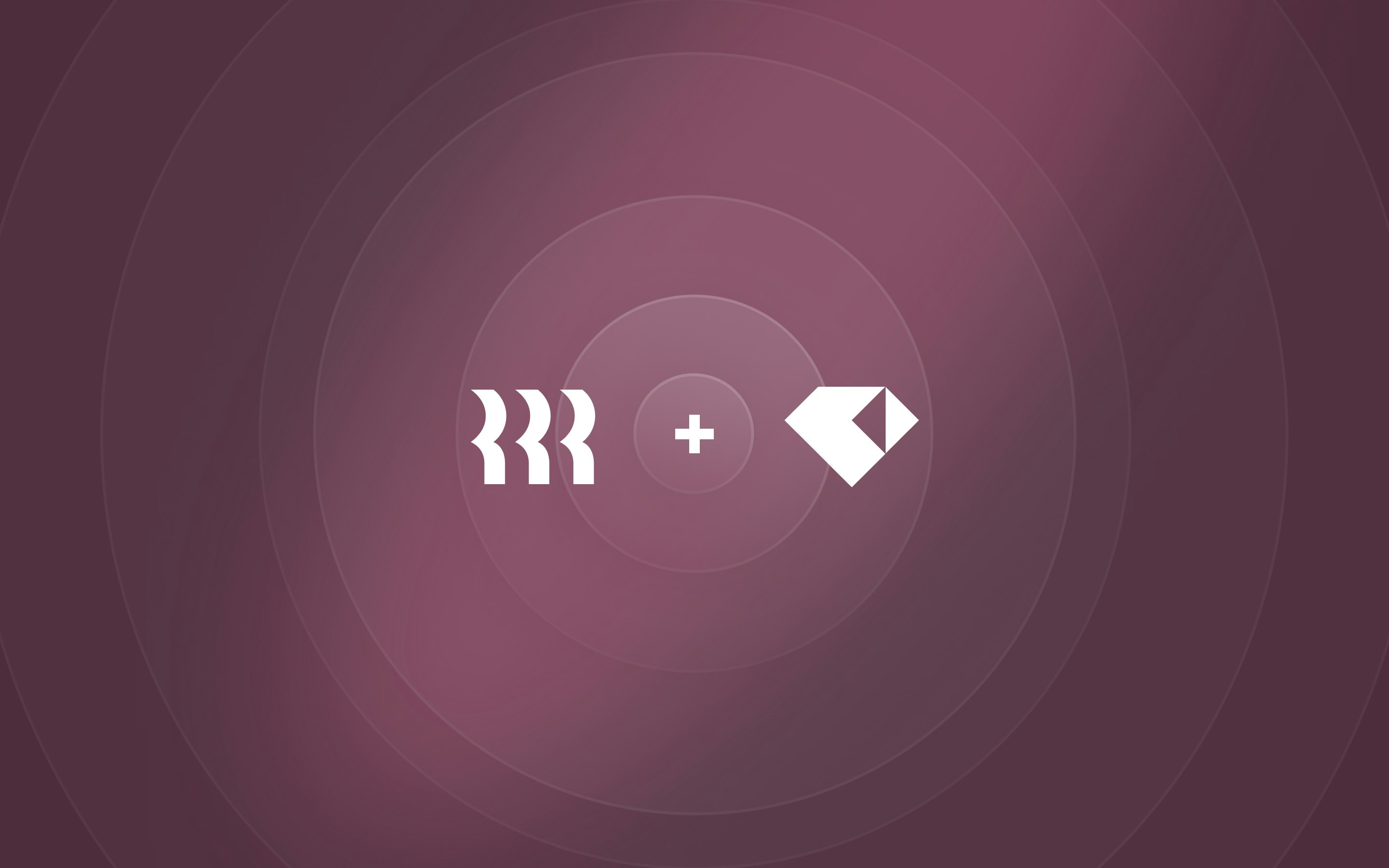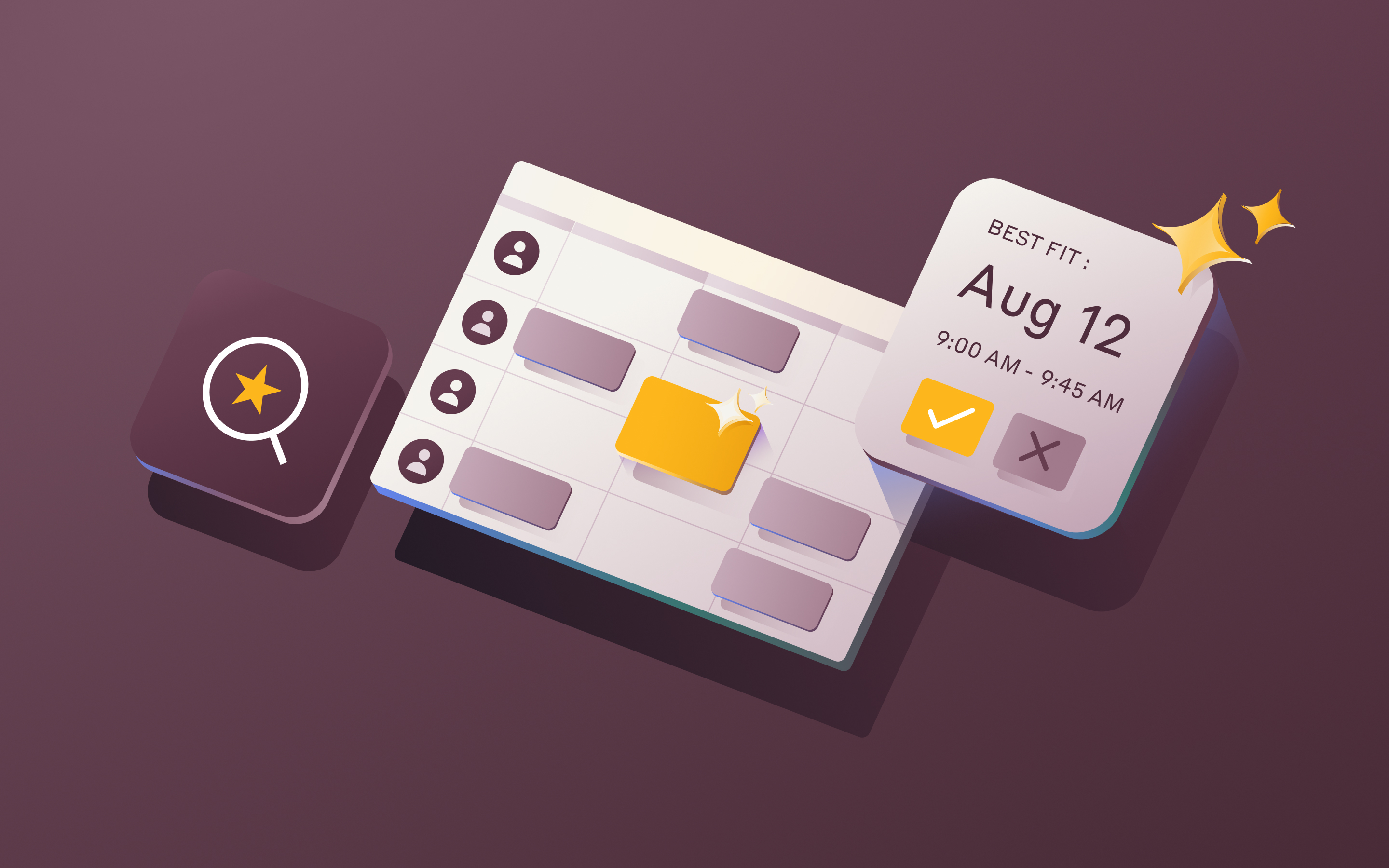9 best applicant tracking systems for 2024

Recruitment today can be a nightmare. Hundreds of resumes flood your inbox, promising candidates slip through the cracks, and your hiring team struggles to stay aligned. You're overwhelmed by applications, lose track of top talent, and drain countless hours on administrative tasks. Worst of all, you lack the insights to improve your process.
Enter applicant tracking systems (ATS). These powerful tools do more than organize resumes—they transform your entire hiring process. From attracting better candidates to making data-driven decisions, an ATS can be the key to unlocking your company's hiring potential.
The right ATS can mean the difference between chaotic recruitment and smooth, efficient hiring. Whether you're a small startup or a major corporation, this guide will help you find the perfect ATS to solve your hiring headaches.
What is an ATS?
An applicant tracking system is a software tool that automates and simplifies the recruitment process. It serves as a centralized database to store job postings and candidate information. Here's a high-level overview of how an ATS works:
- Recruiters post job openings on the ATS, which automatically distributes them to various job boards and the company's careers page.
- Candidates apply for open positions through forms on job boards or the company website. The ATS captures their information and stores it in its database.
- The ATS parses resumes, extracting key information like work experience, skills, and education to create candidate profiles.
- Recruiters and hiring managers can search and filter candidates based on specific criteria, view applications, and move qualified candidates through the hiring pipeline.
- The ATS streamlines communication by allowing recruiters to send bulk emails or individual messages to candidates directly from the system.
- Hiring teams can collaborate within the ATS, sharing feedback on candidates, scheduling interviews, and viewing analytics for their recruiting pipeline.
- Once a candidate is hired, their information can be seamlessly transferred from the ATS to the company's HR system for onboarding.
ATS software has become an essential tool for mid-sized to large organizations that need to scale their hiring efforts. Smaller businesses with lower hiring volumes may be able to manage with simpler tools like spreadsheets, but will miss out on the efficiency and analytic capabilities of an applicant tracking system.
Benefits of using an applicant tracking system
Implementing an ATS offers numerous advantages that can help companies attract top talent and hire more efficiently.
Automate manual tasks
One of the primary benefits of an ATS is reducing time spent on repetitive administrative work. Recruiters often get bogged down with manual tasks like posting jobs to multiple boards, sending follow up emails, and scheduling interviews. An ATS automates these processes, freeing up recruiters to focus on more strategic work like sourcing passive candidates and improving the candidate experience.
For example, instead of toggling between LinkedIn, Indeed, ZipRecruiter, and other sites to post a job opening, recruiters can create the job in their ATS and automatically distribute it to multiple free and paid job boards with a few clicks.
Organize hiring data
Another key benefit is centralizing all candidate data and communication in one system. Before ATS solutions became common, many companies managed their pipeline with a combination of email, spreadsheets, and physical resumes—which can be both inefficient and error-prone.
Now, the best applicant tracking systems act as a central source of truth, making it easy to access candidate information, view resumes, and see where each applicant stands in the hiring process. Recruiters can quickly find candidates by searching keywords or filtering for criteria like location, experience level, or specific skills. And every email exchanged with a candidate is captured in the ATS, ensuring a complete record of communication.
Collaborate with hiring teams
Hiring is a team sport. Beyond recruiters, hiring managers, interviewers, and leadership are all involved. ATS platforms include collaboration features that keep everyone aligned.
Here are a few ways an applicant tracking system facilitates hiring team collaboration:
- Hiring managers can review applications, view resumes, and leave feedback directly in the ATS
- Interviewers can share scorecards and notes on candidates
- Leadership can see pipeline reports and weigh in on high-priority candidates
- Automated reminders and notifications keep the process on track
With each stakeholder able to access the information they need and provide input within the platform, companies can make faster and better hiring decisions.
Measure and improve recruiting metrics
Data-driven recruiting is essential for optimizing your hiring process. The best ATS solutions have built-in reporting that provides visibility into key hiring metrics like time to fill, candidate experience scores, and offer acceptance rates.
Armed with this data, talent acquisition leaders can assess the health of their hiring pipeline and identify areas for improvement. For example, if your ATS reports show that it takes an average of four weeks to schedule interviews after initial screening, you can dig into your process, identify bottlenecks, and implement a solution. Without the data an ATS provides, it can be difficult to pinpoint where you need to optimize.
Key features to look for in the best applicant tracking systems
When evaluating applicant tracking software, it's crucial to choose a solution that aligns with your organization's specific hiring needs. Here are some of the most important features to consider:
Recruitment management
Effective recruitment management is at the core of any robust cloud-based ATS. The recruiting software needs to provide tools to manage candidates throughout the hiring process, from application to assessments to onboarding. This includes creating and posting job openings on platforms such as LinkedIn, Indeed, and even your careers page. In addition, an ATS should simplify the process of collecting and organizing job applications, parsing resumes, and tracking the progress of each candidate.
Employee referral management
Facilitating employee referrals is another important aspect of recruiting automation. Referrals are often one of the most reliable sources of quality hires in your talent pool. The best recruiting systems will allow employees to easily refer candidates and make it easy for hiring managers to track the referral progress.
Interview scheduling (two-way)
Interview scheduling is one of the most time consuming logistical challenges for recruiting teams. A good ATS will offer two-way scheduling capabilities, allowing candidates and interviewers to sync their calendars so recruiters can schedule interviews quickly and efficiently. This feature reduces back-and-forth communication and ensures that you’re moving top candidates through the process as quickly as possible.
Customizable candidate communication
Personalizing communication with job seekers can significantly improve their experience and engagement. Ideally, an ATS enables recruiters to communicate with candidates across multiple touchpoints. This is possible when the ATS allows recruiters to send personalized notifications and messages based on the candidate’s profile and the stage of the hiring process they’re in.
Candidate tagging
Candidate tagging is a useful feature that allows recruiters to categorize and organize candidate data based on specific criteria such as years of experience or particular skills they have. This makes it easier to search and filter candidates, ensuring that you can quickly find the best matches for your open positions.
Candidate experience surveys
Understanding the candidate experience is important for continuous improvement in your recruitment process. Ideally, an ATS provides survey templates and the option to send candidate experience surveys, gather real-time feedback, and make data-driven improvements to enhance the recruitment journey.
Pay transparency compliance
With increasing mandates around pay transparency, an ATS is now becoming crucial for ensuring compliance with new regulations, such as including pay ranges in job postings. Internally, pay transparency can also provide a way to view and manage compensation data within the recruitment process.
Confidential job requisitions
When it comes to sensitive or high-level positions, keeping things confidential is imperative. An ATS can support this process by managing confidential job requisitions—the internal requests to fill a position. The system can then create restricted job postings based on these requisitions, allowing only authorized team members to access the posting details and associated candidate information.
Integration with HRIS providers
Another key feature to look for when searching for the best ATS is ease-of-use and seamless integration with other HRIS tools. In a world where interconnected data is becoming increasingly important, it’s vital that your ATS can work with other systems at your company. Of course, a unified HR system is best for reducing data silos, ensuring consistency, and establishing access to a holistic view of each candidate and employee.
Top 9 best applicant tracking systems
With so many ATS platforms in the market, it can be difficult to determine which one is right for your company. To help you evaluate your options, here are nine of the best applicant tracking systems for 2024:
1. Rippling
Rippling's ATS allows you to align recruiting efforts across every team, build repeatable hiring processes, and “unlock the recruiter in everyone” by giving them the tools and data access they need. With Rippling, you can go beyond basic ATS reporting to build powerful custom reports that connect hiring to every stage of the employee lifecycle.
Features
- Automatically sync recruiting data across your tech stack to eliminate manual work and keep teams aligned
- Tailor interview pipelines, scheduling, and feedback forms for each role and team
- Control data access with dynamic, role-based permissions for executives, hiring managers, and recruiters
- Build custom recruiting reports and combine ATS data with HR and Finance data for strategic insights
- Connect and automate the full hiring lifecycle, from headcount planning to job posting to offer to onboarding
2. BambooHR
BambooHR offers a modern applicant tracking system that streamlines the hiring process from application to offer letter. With tools for job posting, candidate management, and team collaboration, BambooHR helps companies find and hire top talent quickly while delivering great candidate experience.
Features
- Post to multiple free and paid job boards like Indeed and ZipRecruiter in a few clicks
- Manage applicants through each stage with customizable hiring pipelines
- Collaborate with the hiring team via permissions, alerts, and in-app messaging
- Send offer letters with auto-populated candidate info and electronic signature
3. Zoho Recruit
Zoho Recruit is an AI-powered applicant tracking system designed to streamline the entire hiring process. With features like resume parsing, candidate skill matching, and customizable recruitment workflows, Zoho Recruit helps organizations find and hire top talent quickly and efficiently.
Features
- AI-based candidate screening and skill matching to identify best-fit applicants
- Automated resume parsing to extract and standardize candidate data
- Source Boosters to instantly find candidates across top job boards
- Customizable hiring pipelines with automated tasks and alerts
4. Workable
Workable offers an applicant tracking system that helps companies find, evaluate, and hire the best candidates. With AI-powered sourcing tools, structured interview features, and automation capabilities, Workable enables fast and efficient hiring for organizations of all sizes.
Features
- AI Recruiter technology to find and engage top passive candidates
- One-click job posting to 200+ job boards and social media channels
- Anonymized screening and interview scorecards to reduce bias
- Self-scheduling and automated actions to accelerate time-to-hire
5. Breezy HR
Breezy HR is another ATS designed to help companies attract top talent, automate hiring tasks, and make better hiring decisions. With features for job posting, candidate management, team collaboration, and data-driven recruiting, Breezy streamlines the entire hiring lifecycle.
Features
- Automatically post to 50+ free job boards and niche sites with one click
- Create branded careers pages with zero coding required
- Customize hiring stages with a drag-and-drop pipeline editor
- Leverage video screening and structured interviews to evaluate candidates
6. Greenhouse
Greenhouse offers a comprehensive applicant tracking system used by many well-known enterprise companies. The platform enables organizations to build structured, efficient hiring processes that improve the candidate experience and support data-driven talent decisions.
Features
- Customizable careers pages to showcase employer brand
- Structured interview kits and scorecards to ensure fair evaluation
- Automated onboarding with new hire task management
- 500+ pre-built integrations and open API
7. Paycom
Paycom provides an ATS as part of its unified HR software suite. The ATS streamlines the entire recruiting and hiring process, from job postings to candidate communication to new hire onboarding, helping companies find talent quickly and efficiently.
Features
- Automated job posting to company site, top job boards, and social media
- Resume parsing to minimize manual data entry for candidate profiles
- Customizable email and text communication templates
- Mobile app for hiring managers to review and advance candidates
8. Paycor
Like Paycom, Paycor offers a recruiting software solution to help companies find and hire top talent faster. With features for candidate sourcing, customizable hiring workflows, and a mobile-friendly candidate experience, Paycor streamlines the end-to-end recruiting process.
Features
- Customizable career pages and application workflows
- Text messaging to keep candidates engaged
- Employee referral portal to tap into employee networks
- Automated offer letters and approvals to accelerate hiring
9. iCIMS
iCIMS offers an enterprise-grade applicant tracking software designed to support the complex hiring needs of large, global organizations. With AI-powered automation, customizable workflows, and robust analytics, iCIMS helps companies efficiently manage high-volume recruiting and fill specialized roles.
Features
- Configurable hiring workflows tailored to unique business processes
- Automated interview scheduling with candidate self-service
- Personalized email and text communication templates
- Recruiting analytics with EEO compliance reporting
Rippling's applicant tracking system
Rippling offers a comprehensive applicant tracking system that includes all the essential features mentioned above, along with several additional benefits that enhance the overall recruitment and HR management process, such as:
- Automated workflows: Many repetitive tasks involved in recruitment, such as sending out follow-up emails, scheduling interviews, and updating candidate statuses, can be automated. This frees up time for recruiters to focus on more strategic tasks.
- Comprehensive analytics: Detailed analytics and reporting tools help track key recruitment metrics, identify bottlenecks, and optimize the hiring process. These insights are excellent tools for making data-driven decisions.
- Scalability: Whether you’re a small business or a large enterprise, Rippling can scale to meet your needs. The flexible platform can handle high volumes of applications and adapt to the unique requirements of different industries and organizational sizes.
- Enhanced collaboration: Intuitive features such as shared notes, candidate scoring, and centralized communication channels foster collaboration among hiring teams. This ensures that everyone involved in the hiring process is on the same page and can contribute effectively.
Why Rippling Recruiting is more than an applicant tracking system
One of the problems with a standalone ATS is that it can silo your data from the rest of your HRIS. This creates discrepancies that slow down your teams and prevent you from scaling. For example, your open and filled headcount may get out of sync because your HRIS and ATS don’t agree on which candidates have accepted offers, and who’s actually in-seat.
Without a single source of truth, teams may spend hours downloading, filtering, and verifying recruiting metrics—even before trying to tie those metrics back to HR and finance data. As a result, you need a data science team just to answer questions like, “What are our best sourcing channels?” and “Which recruiters are best at sourcing good long-term employees?”
Rippling Recruiting is designed to provide a comprehensive solution that integrates seamlessly with all other aspects of your HR systems. This interconnected approach means that once a candidate is hired, their information is automatically transferred to other HR modules, such as onboarding, payroll, and benefits administration. This eliminates the need for manual data entry, reduces the risk of errors, and ensures a smooth transition from candidate to employee.
This blog is based on information available to Rippling as of September 27, 2024.
Disclaimer: Rippling and its affiliates do not provide tax, accounting, or legal advice. This material has been prepared for informational purposes only, and is not intended to provide or be relied on for tax, accounting, or legal advice. You should consult your own tax, accounting, and legal advisors before engaging in any related activities or transactions.









